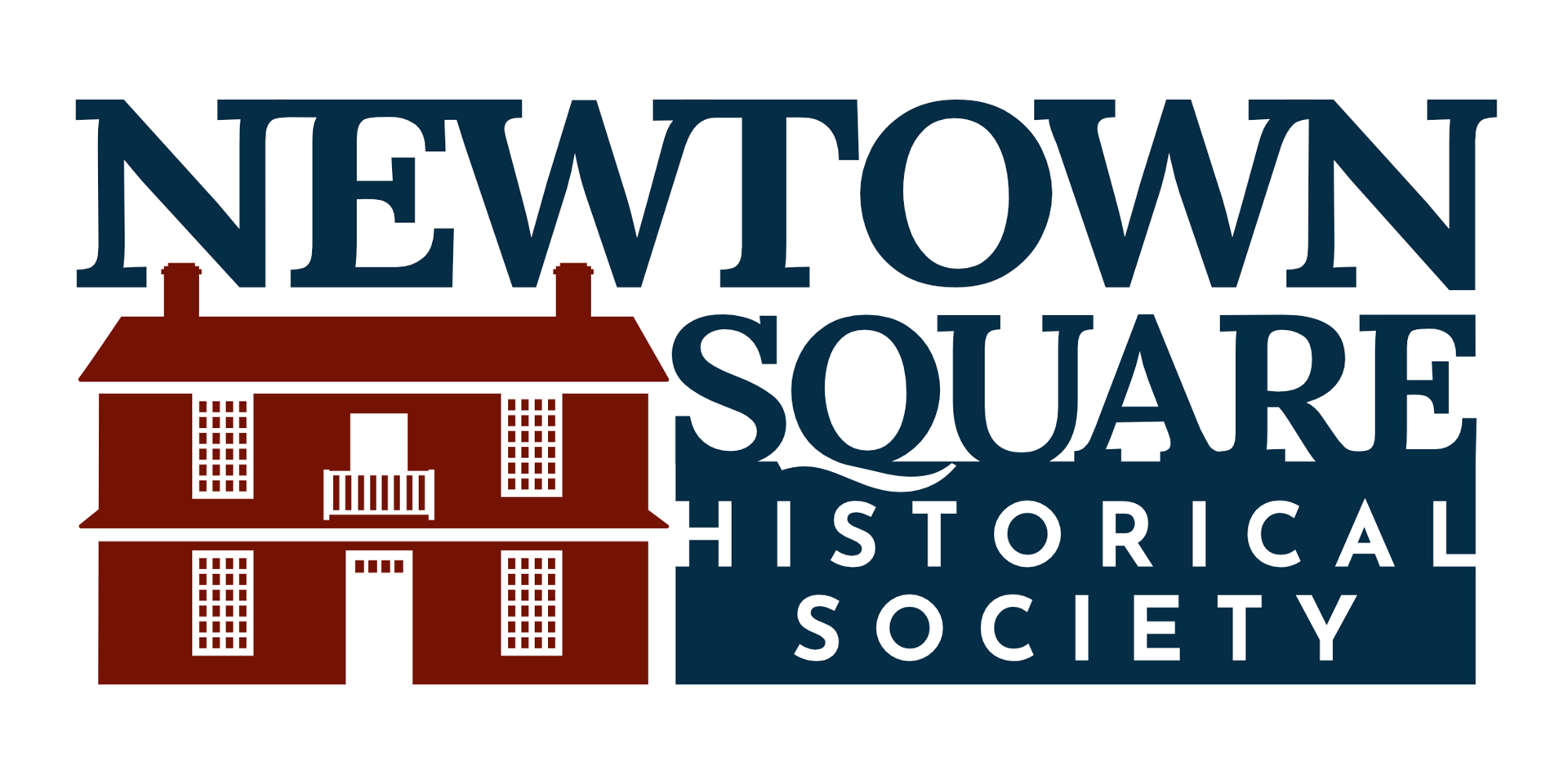
Old St. David's Church
Toward the close of the seventeenth century a hardy group of Welsh colonists settled in an area which became known as Radnor. In 1704 a 100-signature petition for Welsh prayer books and a Bible, but more particularly for a Welsh-speaking missionary, was dispatched to the Society for the Propagation of the Gospel in London. Ten years later, in return for this long-awaited recognition, the settlers “heartily engaged themselves to build a handsome stone church,” to be named after the Patron Saint of Wales. The cornerstone was laid on May 9, 1715.
With the coming of the Revolution in the colonies, a rapidly swelling wave of resentment against the Church of England arose among the patriots of the congregation. A leader of this opposition was Anthony Wayne, later appointed major general of the American forces, who is buried in St. David’s historic churchyard. The church building provided shelter for soldiers of both sides.
St. David’s was represented in 1784 at the first General Convention of the Protestant Episcopal Church of the United States. The incorporation and charter of the church followed in August, 1792. Much-needed new life was breathed into St. David’s in 1820 with the organization of the first church school and arrangements for the first confirmation services, conducted by Bishop William White, who was to become the first Presiding Bishop.
The opening of the “Main Line” of the Pennsylvania Railroad in 1832 brought rapid social evolution. Philadelphians who came first to summer at boarding houses and new hotels along the way now began to buy and develop agricultural land. St. David’s thereupon acquired a new breed of urban parishioners. The first physical addition to the church holdings was the fieldstone “Old Rectory” in 1844 across Valley Forge Road, now the Associate Rector and her family’s home.
With the passing years the church complex has grown as the parish has grown. A parish house with church school facilities was erected in 1924 and enlarged in 1950. Heated discussion over whether the parish should accommodate a burgeoning membership or retain its early character was resolved with the construction in 1956 of the chapel, adjoining the parish house, actually several times the size of the original church. The Knewstub Building for education was added in 1965, the year when the parish celebrated its 250th anniversary at a service attended by the Bishop of St. David’s in Wales. Today, as the largest of the 157 parishes in the Diocese of Pennsylvania, St. David’s stands on the threshold of a new era of service to the body of Jesus Christ.
For more information on the St. David’s Church of the 21st century, visit their website at http://www.stdavidschurch.org/. Or better yet, visit the old church on Sunday morning and worship in the 1715 building where General Anthony Wayne and Longfellow and so many others have been worshipping for more than 300 years.
